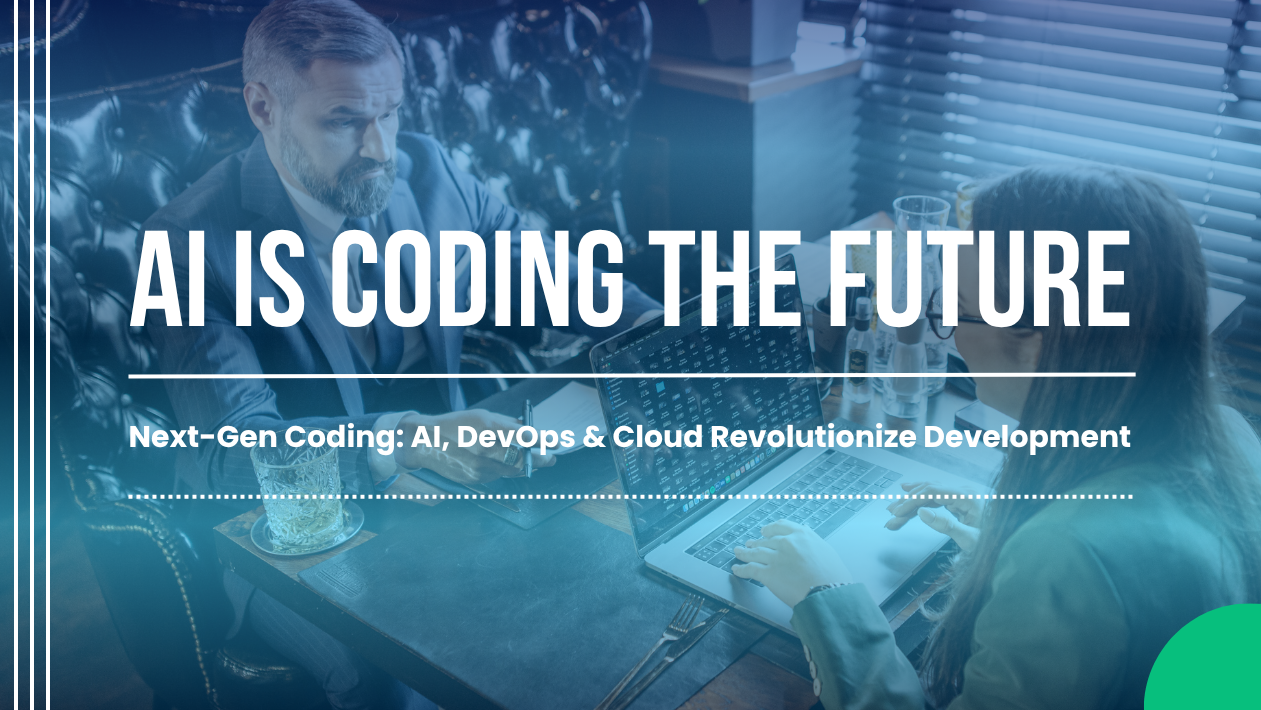The cybersecurity landscape in 2025 is witnessing unprecedented sophistication in cyber threats—and an equally rapid evolution in defense strategies. From AI-powered detection systems to the adoption of Zero Trust architectures, businesses are rethinking their approach to protecting sensitive data in an increasingly hostile digital environment.
Surge in AI-Driven Attacks Prompts Smarter Defenses
Cybercriminals are leveraging generative AI to craft more convincing phishing attempts, automate malware creation, and exploit vulnerabilities faster than ever. In response, security vendors like Palo Alto Networks, CrowdStrike, and SentinelOne are deploying AI-enhanced threat detection that can identify anomalies and respond in milliseconds.
Zero Trust Becomes the New Normal
Once considered an advanced option, Zero Trust—a model that assumes no user or device can be trusted by default—has now become a standard in financial institutions, healthcare systems, and government agencies. Organizations are combining multi-factor authentication, behavioral analytics, and continuous verification to reduce breach risks.
Ransomware Still Dominates Cybercrime
Ransomware remains the most costly cyber threat in 2025, with damages projected to surpass $30 billion globally. Attackers are increasingly targeting critical infrastructure such as energy grids, hospitals, and transportation networks, prompting governments to push for stronger incident reporting laws and international cooperation.
Cloud Security Gains Urgency
With the majority of businesses now operating in multi-cloud environments, cloud security has become a top priority. Vendors are introducing cloud-native security platforms that integrate directly into DevOps pipelines, ensuring vulnerabilities are addressed before deployment.
Cybersecurity Skills Gap Widens
Despite the rise of automation, the demand for skilled cybersecurity professionals continues to outpace supply. Industry experts warn that without significant investment in cybersecurity education and upskilling, the talent shortage could become a major national security risk.
The Road Ahead
As digital threats grow more complex, cybersecurity is shifting from a reactive to a proactive intelligence-driven discipline. Organizations embracing AI, automation, and Zero Trust not only strengthen their defenses but also build resilience in an era where cyber risk is a constant business reality.





